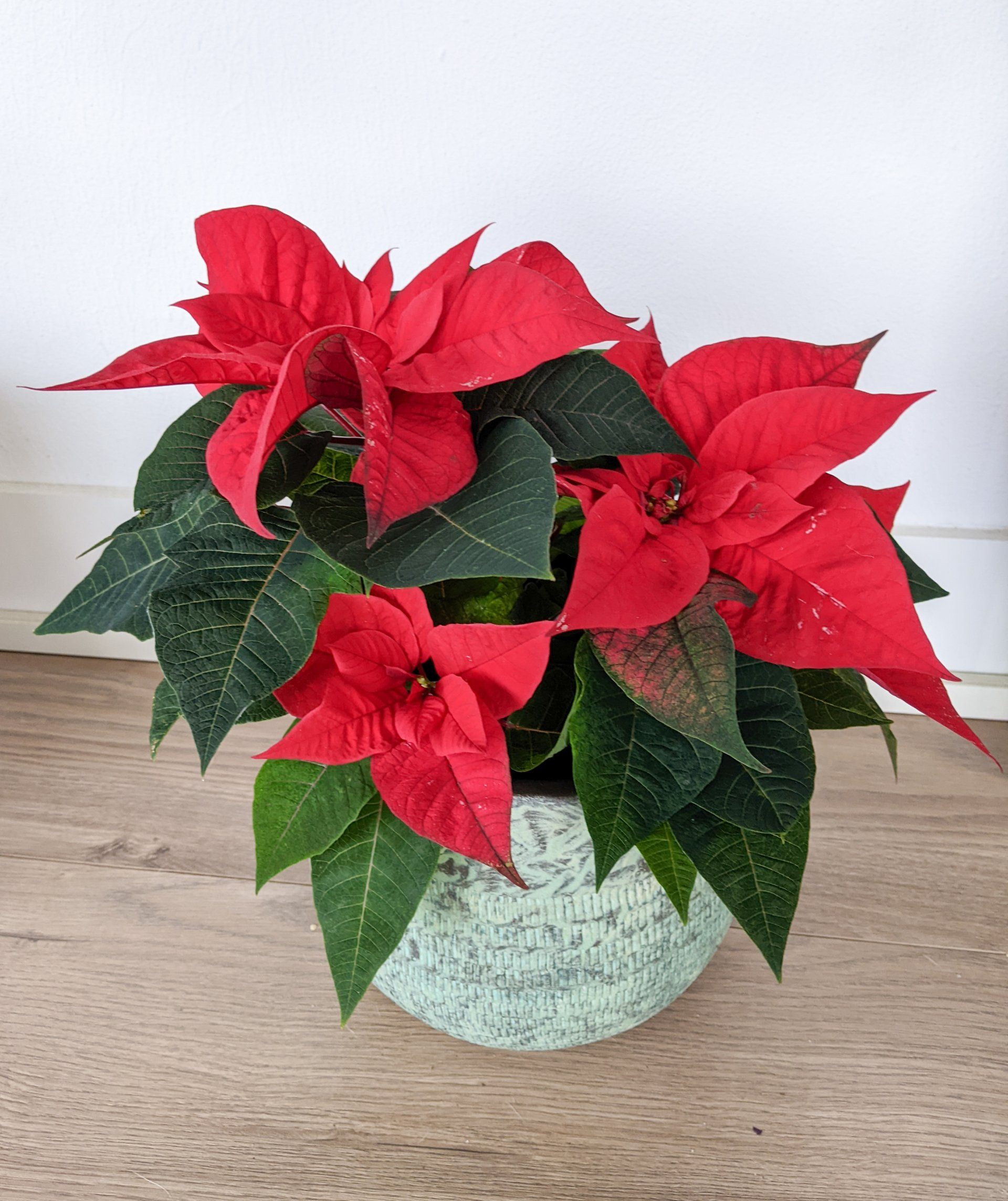A fascinating collaboration
This article also appeared in Gardeners' World magazine NL in April, 2020. Read the translation below or download
the Dutch article. Scroll down to see the video about how I cut open my ant plant.
Many thanks to botanist Rogier van Vugt
for introducing me to these wonderful plants and making sure this article does not contain any botanical errors :-)
They immediately caught my eye when I walked through the greenhouses of the Hortus botanicus in Leiden: large, above-ground tubers, some covered with spines. Branches with bright red or orange berries protruded. My weakness for strange plants played up. Botanist
Rogier van Vugt
explained what I was looking at: ant plants.
A bee that pollinates your flower, the clownfish Nemo in its anemone and the cleaning fish around sharks: great examples of how cooperation leads to mutual benefit. In biology this is called mutualism: a symbiosis in which both parties benefit from the collaboration. And this is exactly the case with ant plants.
What does the plant do?

Titel dia
Ant fern Lecanopteris deparioides
Knop
"Ant plants" are not just one type of plant: there are ant ferns, ant palms, ant orchids, ant trees... you name it. What they have in common is they provide ants with a sheltered nest. Sometimes it's a hollow branch or hollow trunk, but some species grow a very thick above-ground tuber with channels in it: a ready-made ant nest. Ants may be hard workers, they don't say no to a prefab house like that!

Ant plant tuber cut open: you can see the brown channels
Knop
All inclusive
But the plant offers even more: in addition to accommodation, meals are included in this deal. The plant secretes nectar not only from the flowers, but also in other places. This is done via the so-called "extrafloral nectaries". Not only ant plants do this: more than 4,000 types of plants have these types of glands. You may have seen it yourself on a houseplant, or even on a passion flower: thick transparent drops on a leaf. They are sticky and taste sweet - yes, you can try it! These drops mainly consist of sugars and some fats and enzymes. It has long been a point of discussion among biologists: why do plants do this? After all, the nectar they secrete through those glands has nothing to do with pollination. Some thought that the plant could secrete excess substances in this way, others believed in the theory of protection: the treats attract beneficial creatures such as ants, which in turn keep herbivores at bay. It seems that the latter theory is gaining ground. Anyway, the ants in ant plants are grateful for it.
Compensation
There's no such thing as a free lunch. What does the plant get out of this symbiosis? The most important thing is protection: ants protect their nest and thus the plant. After all, when the plant dies, their shelter is gone. Critters that can harm the plant are chased or eaten by the diligent tenants. This can go a long way: if you, as an unsuspecting mammal, accidentally run into the bull horn acacia (Acacia corginera), you can run into a horde of extremely aggressive ants. I bet you will leave that tree alone in the future.
Ant plants with such a beautiful channel system in their tuber often benefit extra: ants dump their waste in specific channels of the tuber. This waste still contains many valuable nutrients for the plant. The slightly different structure of these 'landfills' allows the plant to absorb these nutrients.
Growing from seed

Titel dia
Berries from Myrmephytum beccarii
Knop

Titel dia
Got the seed out of a berry
Knop

Back to the Hortus in Leiden: those bright red and orange berries: that means seeds! I was allowed to pick some berries from different ant plants: Hydnophytum simplex, Hydnophytum formicarum
and Myrmephytum beccarii. Sowing turned out to be very easy: they germinated quickly and when you look at a seedling, you recognise the ant plant figure: the trunk is already a bit thick. In the meantime I have also bought an adult ant plant for in my living room, because it will be years before my seedlings will be grown up!

Ant plant seedling in a bottle cap
Knop
In the living room??
You must be crazy to bring such a plant into your home. Who wants an ant nest in their living room? Rest assured, the ant plants you buy in stores do not contain ants. As usual, the conditions in which a houseplant lives are very different from those in which its wild brothers and sisters live. My ant plant at home is in soil, so it gets enough nutrition and I try to protect the plant as much as possible from herbivores. Aphids or thrips might be interested, but so far, it stands its ground!
Video of how a cut open my ant plant
Read my other articles for Gardeners' World Magazine here.


















